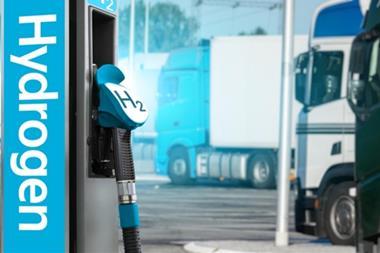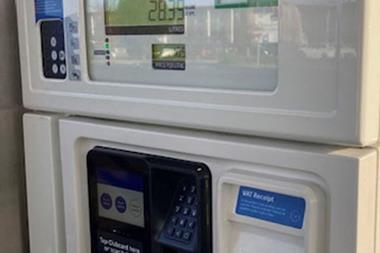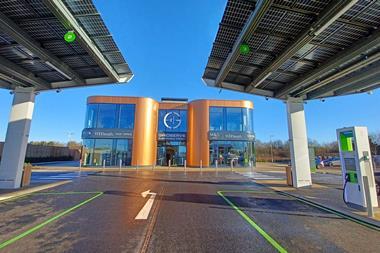A decision-making tool for forecourt companies wanting to develop or refurbish sites has been adopted by the Environment Agency (EA) as a best practice guide.
Last year Cambridge-based geo-environmental consultants EPS issued the decision-making tool, which helps to assess different fuel infrastructure requirements at new or refurbished petrol filling stations, depending on the environmental sensitivity of the location.
Known as the Fuel Feasibility Decision Matrix, it was intended as a high-level guide at feasibility stage to help establish the likely outcome and associated costs for the development.
The matrix was initially developed as an internal document to aid discussions in support of client projects, but following further conversations with and comments by contacts in the fuel retail industry as well as key personnel at the EA, EPS is now pleased to announce that the EA has recently adopted the matrix internally as a high-level best practice guide.
EPS says this means that projects involving fuel storage can confidently use the matrix as a guide to help improve cost and programme certainty early in the programme and even at feasibility stage.
The EA’s technical specialist Simon Deacon said: “The Environment Agency’s National Contaminated Groundwater teams are using this matrix as an internal tool to evaluate further information from developers and support decision making. It has been very helpful to a number of our teams already, particularly when we’re having technical discussions with developers.”
EPS director Will Evans commented: “Our aim has always been to help reduce risk and uncertainty for our clients and provide greater cost and programme certainty when new sites or upgrades are initially considered. We are thrilled to learn that the EA has found our Fuel Feasibility Matrix so useful. It means others can also benefit from using this tool in fuel storage development projects to ascertain and understand potential regulatory concerns from the outset.”
01954 710666






























No comments yet